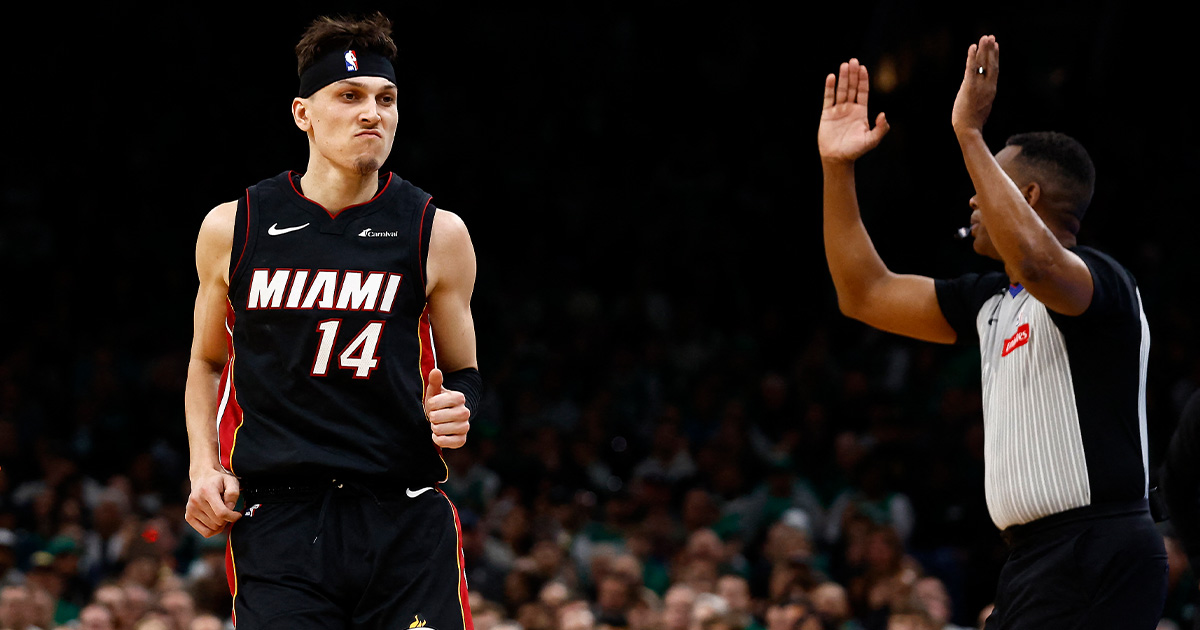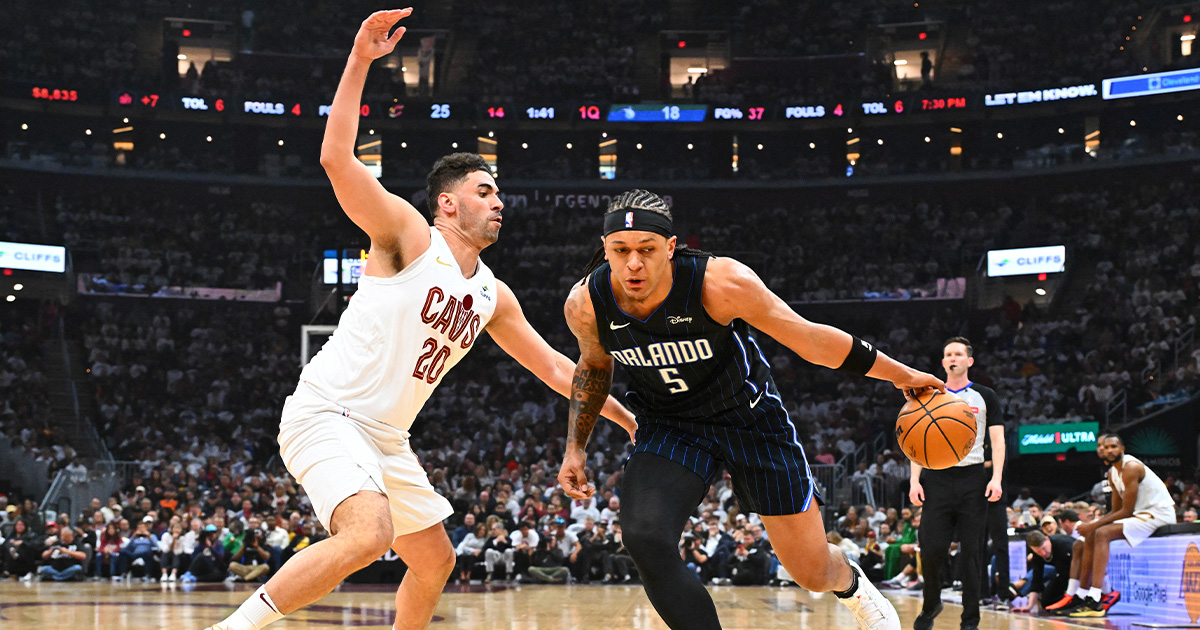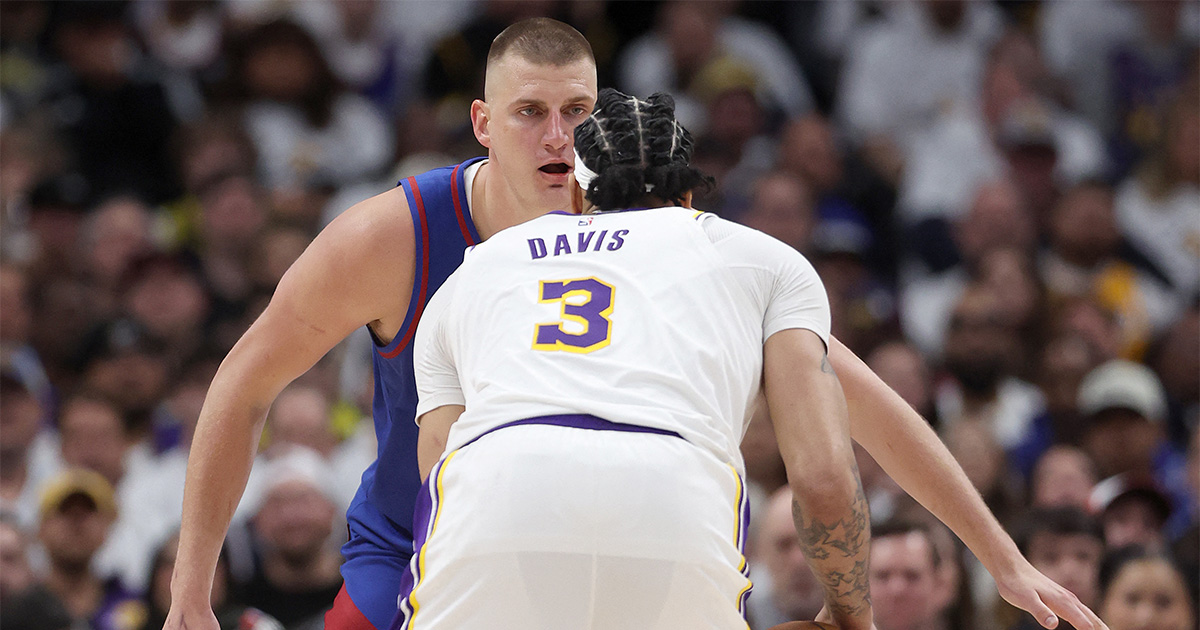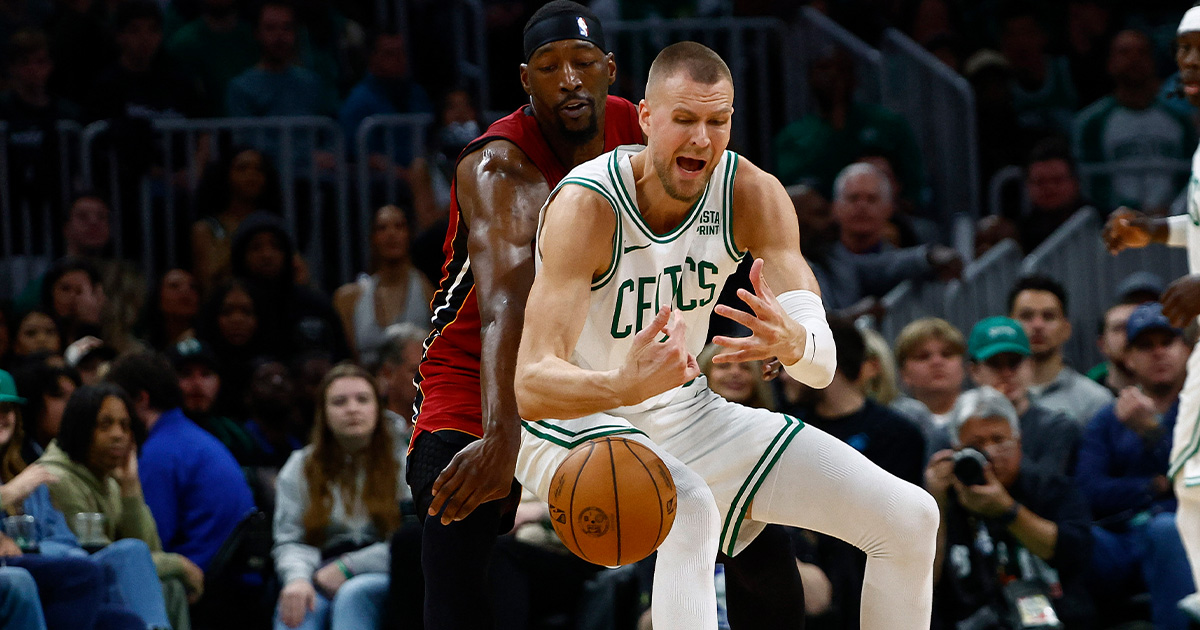Like any basketball player, Jerry Stackhouse grew up idolizing Michael Jordan. Just like His Airness, he was an explosive, high-scoring guard who can hammer down a mean poster, and he too went on spend his collegiate career as a North Carolina Tar Heel. Even better, he got a chance to play alongside his hero for one season, as they were teammates on the 2002-03 Washington Wizards team.
When asked about his time alongside Jordan, though, the retired 18-year NBA veteran didn’t share pleasant memories. He was a recent guest on Adrian Wojnarowski’s podcast ‘The Woj Pod,’ and spoke about the rather forgettable experience.
“Honestly, I wish I never played in Washington and for a number of reasons … I felt we were on our way in Detroit before I got traded there. It was really challenging to be able to be in a situation with an idol who at this particular point, I felt like I was a better player.”
Jerry Stackhouse on getting traded from the Pistons
Stackhouse was brought in via trade from the Detroit Pistons for Richard Hamilton. From Stack’s perspective, his move happened at a bad time as the Pistons were really gelling together. They were a 50-win team in the 2001-02 season and had evolved as one of the toughest defenses in the league.
The Wizards paled in comparison. All the team had was Jordan, who was turning 40 and playing on his last legs, a far cry from the ‘Air Jordan’ that struck fear in defenders.
What irked Stackhouse more, however, was the wide control that Jordan got within the team, one that he hadn’t seen before.
“Things were still being run through Michael Jordan … I love [Head coach Doug Collins], but I think that was an opportunity for him to make up for some ill moments that they may have had back in Chicago. So, pretty much everything that Michael wanted to do, [we did].”
Jerry Stackhouse on leadership issues with the Wizards
Such stories aren’t new, of course. It’s pretty consistent to how in command Jordan was with regards to how his teams were run. The well-known story of him hitting former Chicago Bulls teammate Steve Kerr in practice is a good example, an incident that only occurred because unlike most guys, Kerr stood up for himself – Jordan later added that head coach Phil Jackson was also purposely calling terrible fouls against him.
Keep in mind, too, that Jordan was fresh off his stint as the Wizards’ President of Basketball Operations. He hired Collins to be the new head coach before stepping down to make his comeback in 2001.
“We got off to a pretty good start and he didn’t like the way the offense was running because it was running a little bit more through me. He wanted to get a little more isolations for him on the post, of course, so we had more isolations for him on the post. And it just kind of spiralled in a way that I didn’t enjoy that season at all. The kind of picture I had in my mind of Michael Jordan and the reverence I had for him, I lost a little bit of it during the course of that year.”
Jerry Stackhouse on Michael Jordan’s desire for the ball
The season started with Jordan coming off the bench. They were a decent 6-4 in their first 10 games, with Stackhouse carrying the offensive load through scoring 23.4 PPG and Jordan adding 15.7 PPG.
But then, things went south as Washington lost six in a row, and Jordan re-entering the starting line-up never fully fixed the issues. Stackhouse (21.5 PPG) and Jordan (20.8) averaged identical numbers when both were starters.
By regular season’s end, Jordan retired for good and the Wizards had an early vacation yet again after finishing the year at 37-45, identical to their record in the prior season.
As for the Pistons, they won the championship in 2004 with Hamilton playing a starring role. They also continued to be an elite title contender for the next couple of seasons.















